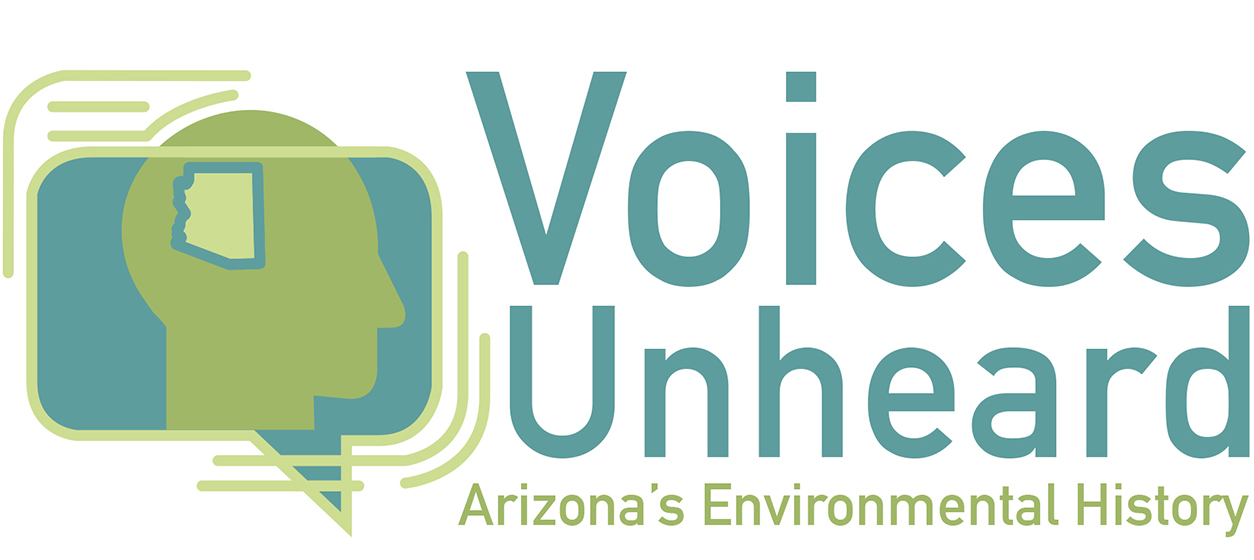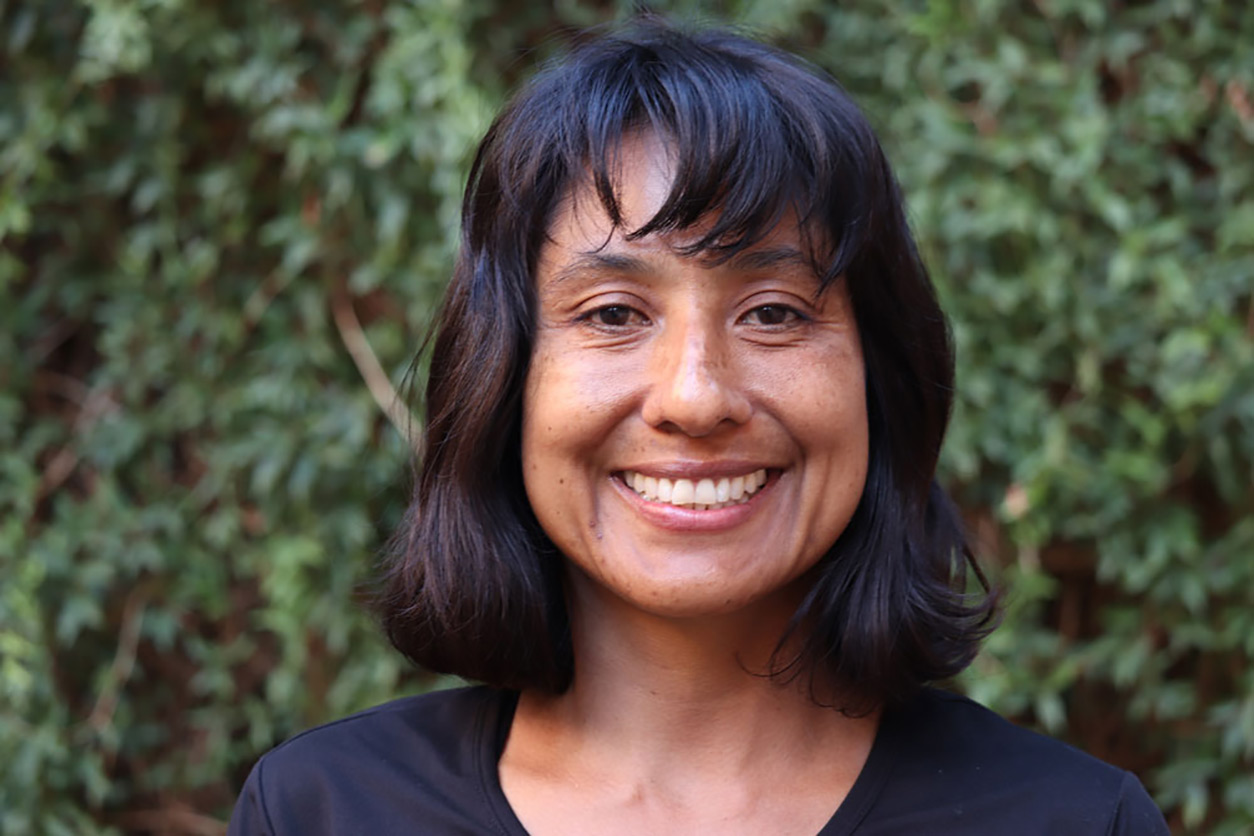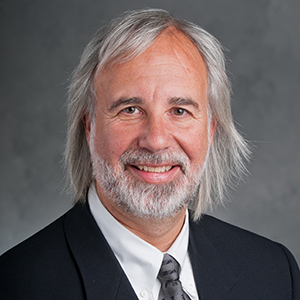A new collection of oral histories from people who work and live near two Arizona Superfund sites was posted online in January. The community-driven Voices Unheard project captures video accounts, photos, and descriptions from communities near the Tucson International Airport Area and the Iron King Mine-Humboldt Smelter Superfund sites.

The collection was developed as part of the graduate work of Denise Moreno Ramirez, a trainee at the NIEHS-funded University of Arizona (UA) Superfund Research Program (SRP) Center.
“Technical reports document the history of contamination and cleanup at the sites,” she explained, “but there is little documentation of the local knowledge and history of the people living next to and affected by these sites. The Voices Unheard project helps fill that gap.”
In past years, UA SRP Center conducted field projects focused on understanding exposures to wind-blown dust, metal contamination from mine tailings, high levels of naturally occurring arsenic in soil and groundwater, and nearby residents’ exposure to these contaminants.
 Moreno Ramirez has worked with the community near the Tucson International Airport Area Superfund site and their Community Advisory Board since 2005. (Photo courtesy of Caroline Mosely)
Moreno Ramirez has worked with the community near the Tucson International Airport Area Superfund site and their Community Advisory Board since 2005. (Photo courtesy of Caroline Mosely)Informing research and cleanup
“In addition to capturing individual experiences and histories, we also captured local knowledge that can be used as scientific observations,” added Moreno Ramirez.
Some residents said people took old materials from the Iron King Mine Superfund site, such as bricks and tanks, to reuse at home. Such stories helped researchers understand that materials from the mine site are spread throughout the community and may be additional sources of exposure.
The interviews also provide a better understanding of who may have been historically exposed to contaminants from the sites. “We discovered through the oral histories that many of the Iron King miners were of Mexican descent, but the popular history reflects more of a European immigrant experience,” said Moreno Ramirez. “The testimonies of three underground miners detail the reality that Mexican miners were the majority at this mine. This information may inform future studies of exposed populations.”
 Moreno Ramirez kept the Dewey-Humboldt Environmental Board informed on the oral history project in March 2019, in one of the regular updates she provided to both communities. (Photo courtesy of Sue Tone)
Moreno Ramirez kept the Dewey-Humboldt Environmental Board informed on the oral history project in March 2019, in one of the regular updates she provided to both communities. (Photo courtesy of Sue Tone)Capturing community voices
The project has its origins in 2015, during meetings of the 20th Anniversary Planning Committee of the Tucson International Airport Area Unified Community Advisory Board.
“We discussed how individuals involved with the Community Advisory Board hold important history that is tied to their experiences,” said Moreno Ramirez. “The community wanted to capture this history before it was lost as people age or leave the area.”
Moreno Ramirez interviewed people with deep roots in the affected communities, such as Yolanda Herrera, a fifth-generation Tucsonan and Community Advisory board co-chair. She also interviewed people with technical and historical knowledge of the sites. For example, Iron King Mine employees Antonio Ramirez Olvera and Charlie Reyes, Sr., discussed working conditions in the mine and the history of the site.
“The idea for this project came from the community, so it was important to ensure that they remain involved and that they are happy with the outcome,” said Moreno Ramirez. In addition to the full oral histories, short highlights from many of the interviews are available on the Voices Unheard YouTube Channel.
(Sara Amolegbe is a research and communication specialist for MDB Inc., a contractor for the NIEHS Superfund Research Program.)









